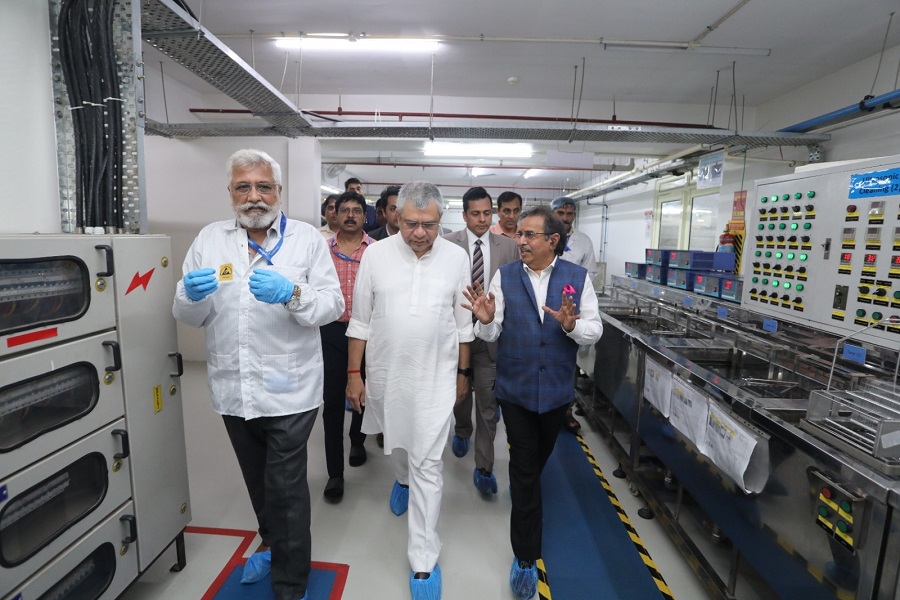Quote on The RBI Monetary Policy announced today by Ms. Namrata Mittal, Chief Economist, SBI Mutual Fund
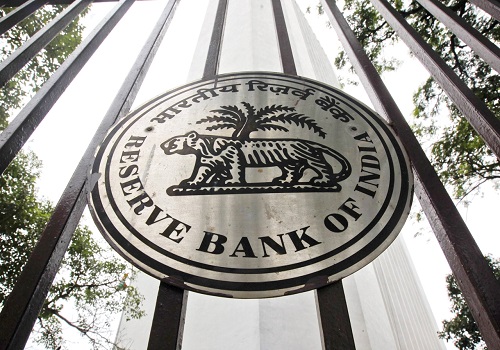
Below the Quote on The RBI Monetary Policy announced today by Ms. Namrata Mittal, Chief Economist, SBI Mutual Fund
In today’s policy meeting, the Monetary Policy Committee (MPC) voted to keep the repo rate unchanged at 6.50% and maintained a neutral stance. An interesting point is that two out of the three external members voted for a 25bps reduction in the repo rate, despite the recent CPI print being close to 6%. This raises the question: does this signal that growth concerns are becoming more prominent among policymakers?
On a separate note, the Reserve Bank of India (RBI) has decided to cut the Cash Reserve Ratio (CRR) by 50bps, bringing it back to pre-COVID levels of 4%. It’s important to note that CRR decisions are outside the MPC's purview. The CRR reduction will be phased in two equal tranches, on December 14th and 28th, 2024. This move seems well-timed, as banks are struggling to build a sufficient liability base to meet the growing demand for credit while also fulfilling regulatory requirements for the Statutory Liquidity Ratio (SLR) and Liquidity Coverage Ratio (LCR). Additionally, recent dollar capital outflows have led the RBI to sell foreign exchange reserves, causing a simultaneous contraction in rupee liquidity (estimated at INR 2.5 trillion in Q3 FY25). Liquidity conditions were trending towards neutral to marginally tight in the coming months. The CRR cut should help infuse around INR 1.2 trillion of liquidity, providing some support to bank liquidity, although it may still be too early to declare a peak in deposit rates.
Growth expectations for FY25 have been revised down to 6.6% y-o-y from the previous 7.2%, while CPI projections have been raised to 4.8% from 4.5%. Inflation is now expected to average 5.7% in Q3 and 4.5% in Q4 FY25, up from the previous projections of 4.8% and 4.2%, respectively.
Table 1: RBI’s growth and inflation projection over the monetary policies

Source: RBI, SBIFM Research; NB: Colored value highlights the actuals
In recent months, India has seen capital outflows, with the rupee coming under depreciation pressure. As a result, the RBI's foreign exchange reserves dropped by nearly US$ 100 billion (both spot and forward book) in October and November 2024. To address this, the RBI has introduced a temporary measure to attract dollar capital by raising the FCNR (B) rates. These rates have been increased from the Alternative Reference Rate (ARR) plus 250bps to 400bps for 1-3 year maturities and from ARR plus 500bps for 3-5 year maturities. This move could potentially boost foreign exchange inflows, provided that banks offer attractive terms to NRIs. The window for this measure is open until March 31, 2024.
Looking at the rupee, its volatility has been significantly managed through conscious policy measures, and its depreciation has been much less severe compared to other emerging market (EM) currencies. We expect the rupee to depreciate modestly to 85/USD by mid-2025.
Looking ahead, the likelihood of a rate cut in the next two MPC meetings has increased considerably. However, the macroeconomic environment has become more volatile and uncertain. For example, in October, a rate cut for December was almost fully priced in, but hawkish comments from Governor Das and a CPI inflation print above 6% tempered those expectations. These discussions resurfaced recently after a disappointing GDP print. These experiences have been humbling, serving as useful learning guidelines for the future. We continue to expect a rate cut in February, but we acknowledge that the events leading up to that decision - such as political developments in the US, the February budget, and the outlook for vegetables over the next two months - will play a critical role in determining the final outcome.
From a broader perspective, it seems that fiscal policy has focused primarily on consolidation, while monetary policy has concentrated on managing inflation and ensuring financial stability, with growth concerns taking a back seat. It is now necessary to shift this outlook. India is supply-side ready: banks have the capacity to expand credit, corporations have the balance sheets to support it, and consumers could potentially take on more debt. But the missing factor is demand. Policy support is still needed to boost capital expenditure and attract private investment to drive growth.
It might be argued that the RBI’s primary mandate is to keep CPI at 4%. However, considering that current inflation is concentrated in a narrow set of products, and nearly 60% of the CPI basket has been seeing inflation below 4% for the past year, the growth inflation balance inherent in the flexible inflation targeting regime could start to shift towards ensuring growth impulses aren’t disturbed. With Q2 FY26 CPI estimates converging around the 4% range and FY25 growth estimates marked down by 50bps, the shift to easing could potentially be a live event in the coming quarter.
From a rates perspective, as the market starts to price in policy easing, we could see benchmark yields align more closely with policy rates. This would give investors with a tolerance for interest rate risk, opportunities to increase exposure to slightly higher duration assets as the easing cycle progresses. However, external factors, particularly US fiscal and trade policy, remain key sources of uncertainty and will likely continue to drive volatility.
Above views are of the author and not of the website kindly read disclaimer
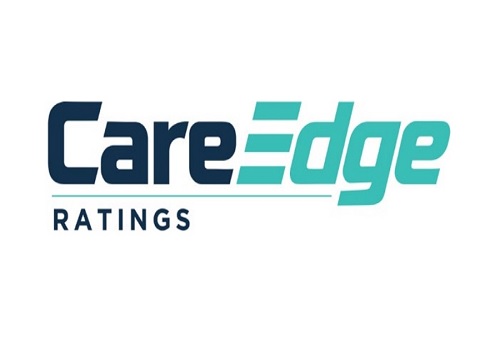



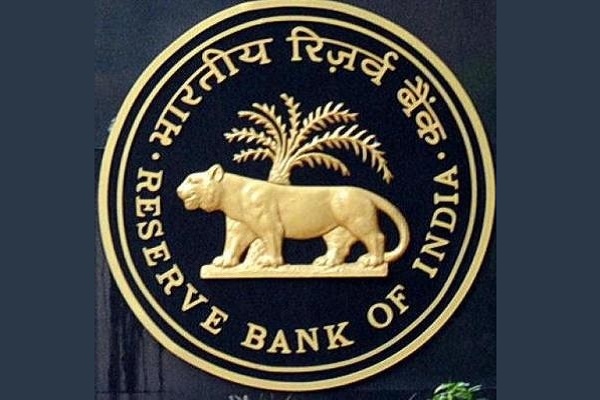





More News
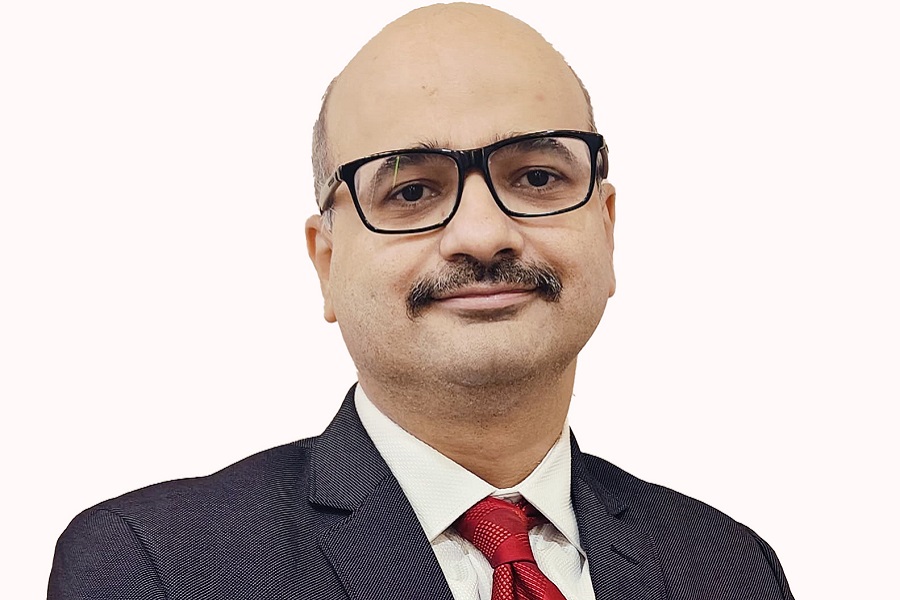
Quote on RBI MPC policy Views by Mr. Killol Pandya, Head of Fixed Income, JM Financial Asset...






